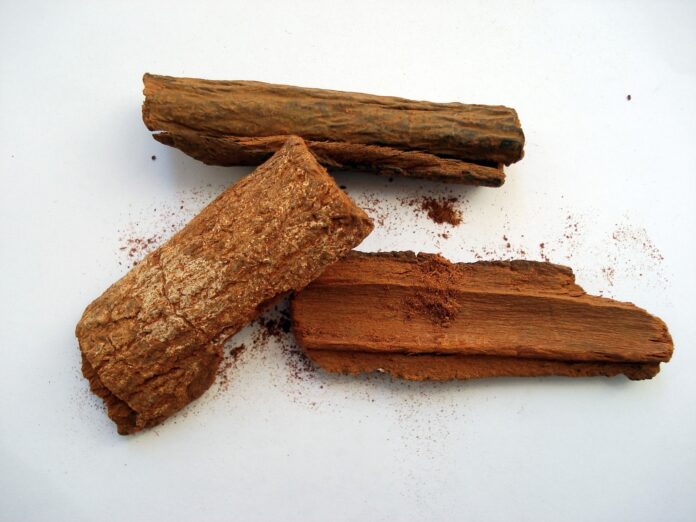Hydroquinine is a well-known and widely used molecule in medicine. However, suspicions about its antimicrobial activity had not been explored in depth until now. A recent Anglo-Thai study instead tested the molecule on different bacterial strains, demonstrating its effectiveness on a wide spectrum of microorganisms pathogenic to humans, some of which are commonly resistant to antibiotics.
Hydroquinine
Hydroquinine is an organic compound present in the bark of plants of the Cinchona genus, to which the species known as cinchona belong. The molecule and other quinine derivatives are used in the formulation of drugs that combat malaria and arrhythmias. Recent studies also demonstrate its action against the parasite Toxoplasma gondii.
Furthermore, various natural extracts containing the molecule prove effective in inhibiting a wide spectrum of microorganisms pathogenic to humans, from the bacteria E. coli, S. aureus and P. aeruginosa to the fungi C. albicans and C. parapsilosis. Nonetheless, the antibacterial activity of the molecule has never been demonstrated or investigated.
For this reason, a group of researchers from the Thai universities of Naresuan and Pibulsongkram Rajabhat, in collaboration with the English University of Portsmouth, conducted a study to demonstrate and quantify the antibacterial activity of hydroquinine in vitro.
The study
The results highlight how hydroquinine is able to inhibit and kill a wide range of bacteria. Among Gram positives, the molecule was effective against two strains of S.aureus. However, if Gram negatives are considered, an action was observed against E. cloacae, K. pneumoniae and against two strains of P. aeruginosa and E. coli. The concentration at which it is effective is lower than that of its derivatives. This makes it a better candidate for subsequent development.
However, the researchers found a particular behavior towards both strains of P. aeruginosa. In fact, to obtain the bactericidal effect against this microorganism, the concentration of hydroquinine was found to be two to four times greater than that used against other bacteria. Continuing with the study, the researchers discovered that P. aeruginosa implements a sort of compensatory mechanism towards the molecule.
This mechanism is based on the presence of pumps that decrease the intracellular concentration of hydroquinine and therefore its effect on the microorganism. The expression of the genes coding for the pump proteins is also stimulated by the presence of hydroquinine. The phenomenon explains why patients undergoing antimalarial treatment based on hydroquinine or other quinine derivatives may present concomitant bacterial infections.
Hydroquinine: against AMR, with caution
Based on this study, hydroquinine proved to be a molecule with promising antibacterial activity. Its action on strains known to be human pathogens, in fact, makes it a possible target for further investigations. In particular, the bactericidal action against P. aeruginosa is important, given the quantity of strains of this microorganism that have now developed forms of antimicrobial resistance.
As Robert Baldock, one of the researchers involved in the study, points out, the results against a microorganism that has commonly developed multiple resistances opens up new perspectives. The idea is in fact to continue studies on the molecule, in the hope of being able to offer a new line of treatments against bacterial infections, especially those caused by resistant bacteria.
However, it is precisely the behavior with P. aeruginosa that pushes us to be careful with this molecule. It is in fact essential to study in more detail the way in which hydroquinine induces pumps in this bacterium and the implications of the phenomenon. Furthermore, the mechanism of action and possible adverse effects of the molecule remain to be explored further.


